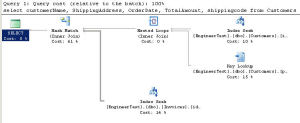SQL 2008 training
I’ve run into a bunch of free SQL Server 2008 training over the last few days.
- Get ready for SQL Server 2008. Organised by SQL Server Magazine, Solid Quality Mentors and PASS, this is a one day virtual event covering some admin, developer and BI aspects of SQL 2008.
- Microsoft E-Learning There are a few free clinics on SQL 2008. I’ve done one of them and it was quite good.
- SQL Server 2008 developer training available. This blog post has links to several web seminars running from the 8th Jan through to the 30th
